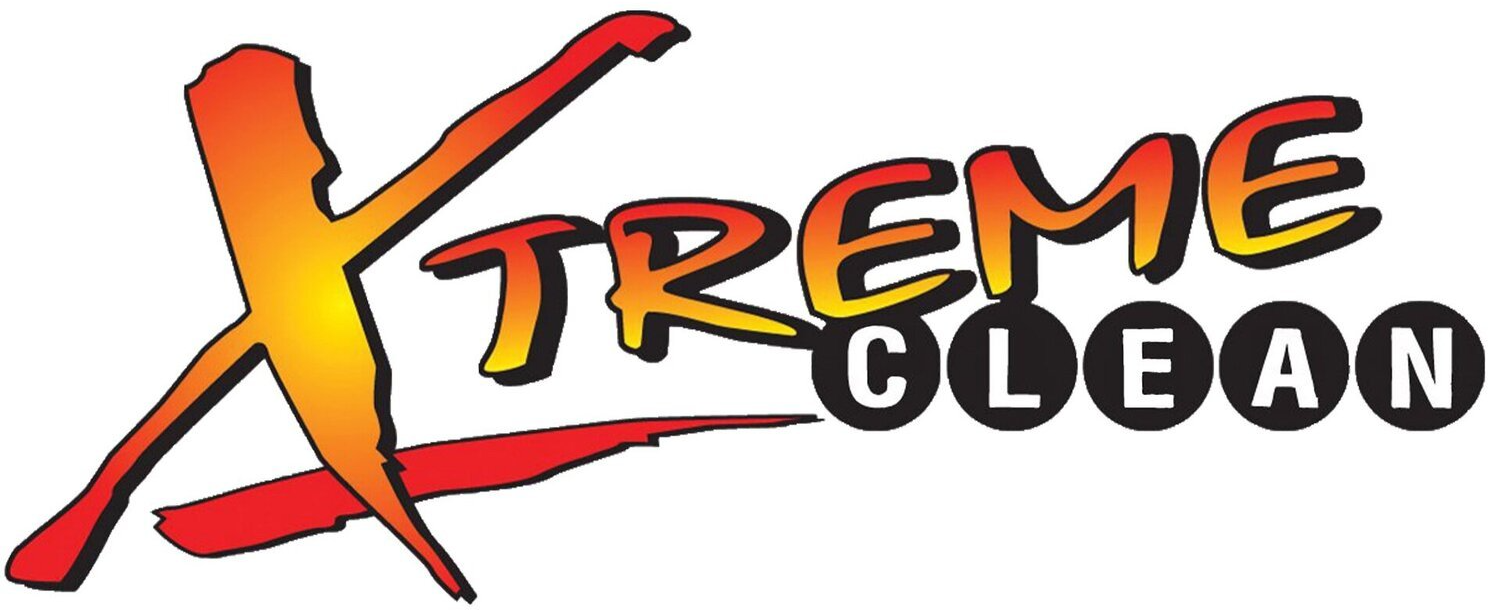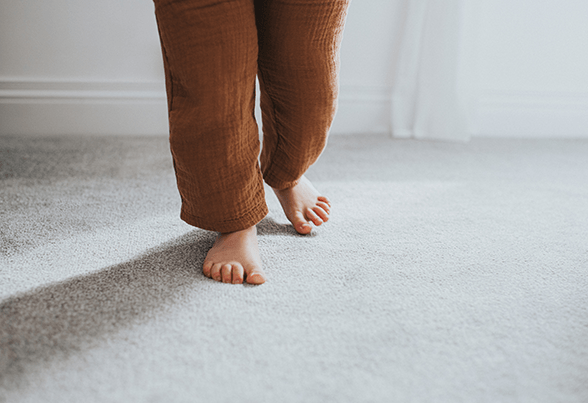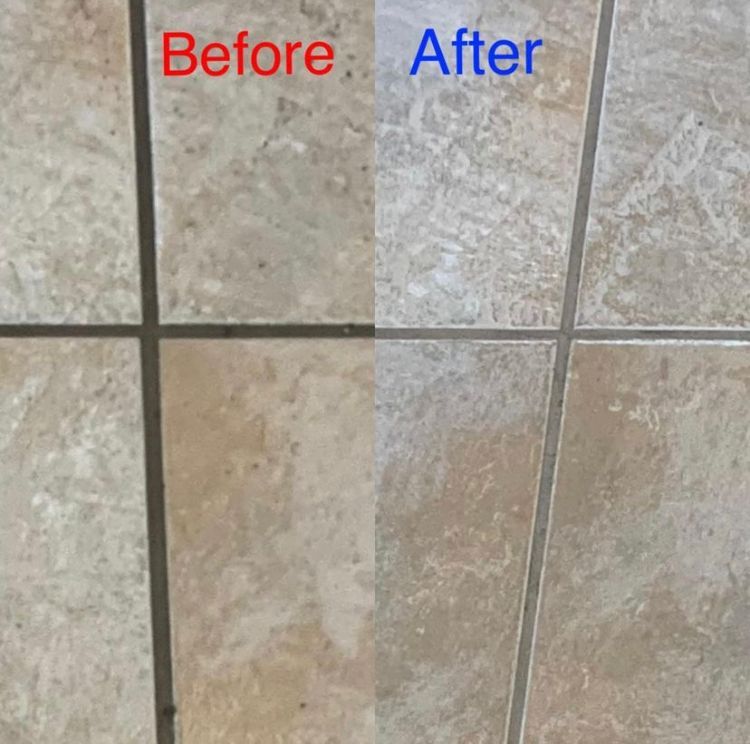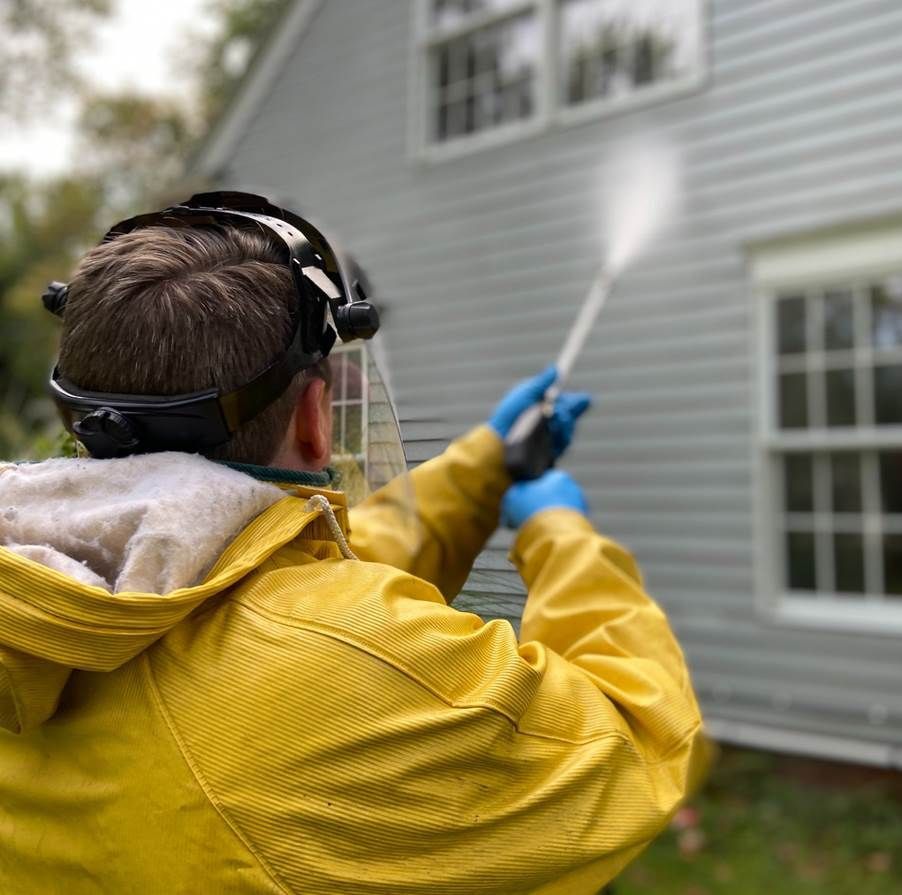My House Flooded - What Do I Do?
This is a subtitle for your new post
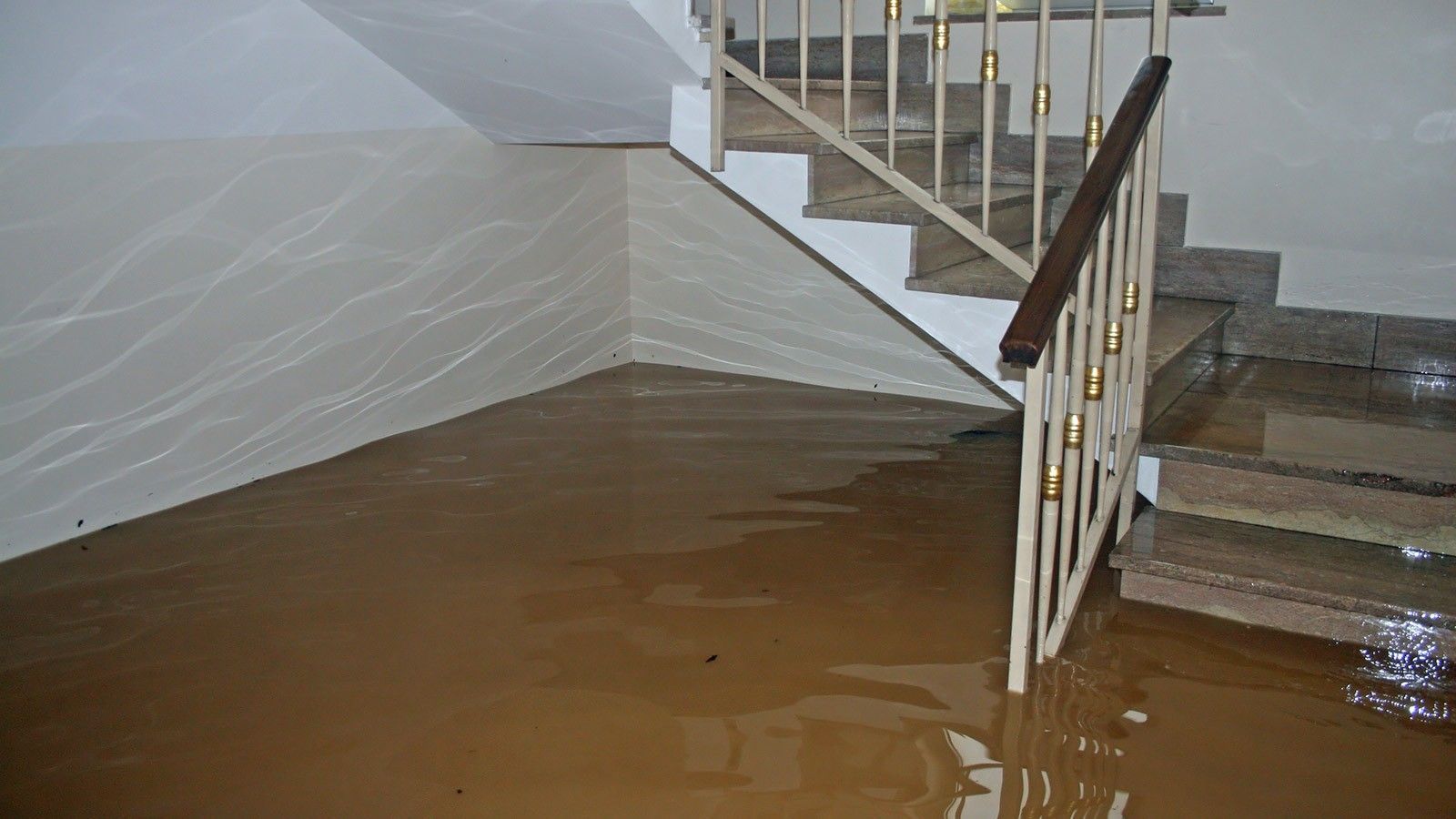
When a toilet overflows and floods at home, the classification of the flood would generally depend on the level of contamination in the water. There are typically three levels of water damage or contamination used in classification systems:
1. Clean Water (Category 1): This is the least contaminated type of water. In the case of a toilet overflow, if the water comes from the supply line, for example, it would typically be considered Category 1. This water is considered relatively safe for cleaning and restoration.
2. Grey Water (Category 2): This refers to water that is slightly contaminated and may cause illness or discomfort
if ingested. Grey water can come from sources like a dishwasher or washing machine overflow. If the toilet overflow includes waste from the bowl but doesn't have any fecal matter or sewage, it may fall into this category.
3. Black Water (Category 3): This is the most severe level of water contamination and is highly unsanitary. It contains harmful bacteria, sewage, and other contaminants that may cause severe illness or even death if ingested. If the toilet overflow involves sewage backup or contains fecal matter, it would be categorized as Category 3.
It's important to note that the severity and category of the flood can vary depending on the specific circumstances of the overflow and should be assessed and addressed accordingly for appropriate cleanup and restoration.
If you experience a flood in your home here are some quick steps to take:
- Find the flood source and get it contained. If need be, have the water turned off at the meter, or a valve closest the the incoming water line. While the water is shut off this will allow for the offending flood source to be repaired.
- Take photos and Videos of everything. All along this process. This protects your interest in the event there is a problem down the line.
- Remove any furniture that has become wet from the flood. Get everything out of harms way.
- You will probably want to call a plumber, if you cannot repair the malfunction yourself.
- Once the home has been relieved of its flooding source, cleanup should begin.
- If you are not comfortable or qualified to conquer the dry-out yourself then a professional should be called in. many carpet cleaners can handle smaller water damage jobs, but in many cases a water disaster expert should be called.
- Call your insurance company to begin a claim. Many times these disasters can be costly to repair. You are also contractually obligated to notify your insurance carrier of the damage. (If you are renting you should also call your landlord.)
- Be prepared to be inconvenienced for quite some time. You may be required to seek temporary housing while your home is restored. many times this will be covered by your homeowners policy.
- Be patient and consider this as an adventure. It will be nothing but a memory in due time!
If you have any additional questions feel free to call Xtreme Clean at 863-412-4862. We would be glad to give you any suggestions that may help you during this difficult time.
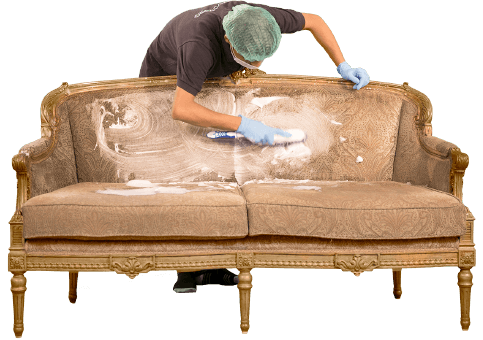
Browse Our Website
contact informATION
Phone: (863) 412-4862
Address: Polk County Florida
Business Hours: Monday – Friday 9 am 5 pm














Venmo, Google Wallet, CashApp
OUR LOCATION
